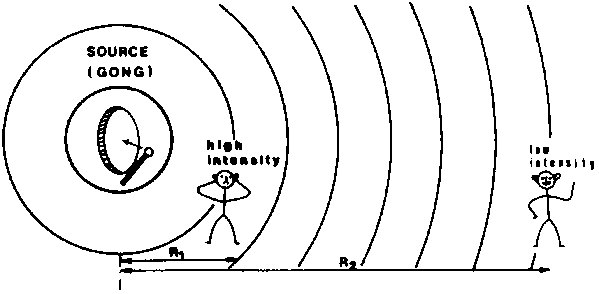The reproductions of reproductions

Laura Elrick, Propagation (Kenning Editions, 2012), 103 pp. $14.95—Somewhat after the manner of Rusty Morrison’s the true keeps calm biding its time, Laura Elrick’s Propagation deploys repetition with a difference to mimic the shifting structures of trauma. However, Elrick, drawing on the rhetoric of art, poetics, media and psychiatry, expands the field. Trauma is here the internalization of normative development, the ways the different, the other, the disturbing—in short, violence—is absorbed and domesticated. Specifically, Elrick’s “affective physics of discourse” explores, at the level of the poetic line, word and syllable, the socio- and psycho-linguistics of the “turn” to affective criticism in recent years (I’m thinking in particular of Sianne Ngai’s Ugly Feelings). As the title of this book suggests, Elrick thinks of our varied but similar discourses as ideologically, if not causally, related, a network of rhetorics that reinforce and augment one another. From a “simple” grocery list that begins with “apples / spinach / chick peas” and ends with “toilet paper / soap” (p. 37), Elrick reminds us of the culture-specific, rather everyday activities, that inculcate what we sometimes casually call attitudes. Moreover, to the extent terms acquire meaning from what both precedes and succeeds them (e.g., “chick peas” radiate gender-specific issues after lines like “the breast whiskers / yes the breast / whiskers yes,” page 15, as well as before lines like “we didn’t / see her not / here we / 2 hers / wait skirt / skirt / the paparazzi,” page 49), the very use and acceptance of everyday language binds us to the ideologies we otherwise resist. And if gender is privileged in this reading vis-a-vis the multiple discourses comprising Propagation, it’s because I read this book as an emendation and augmentation of Elrick’s troubling (as content and as a project) video-poem STALK. For me, at least, there are several passages in Propagation that draw me back to her concern with political prisoners (“heading where / heading where / there is no more / playing / no more playing / mr. nice / playing mr. nice of it help me he said / he said / he said no,” p. 55). But as I noted above, this book is not concerned solely with one sphere of power or one mode of discourse, The social, political and cultural spheres Elrick investigates include everything from the infantilization of people of color and women (“and nadja and dora and nella / and dorothea and claude / and zora”) to the retooling of hyper-virility as commodity (“arrogant bastard 7.2%), as unimpeachable quality (“passing at / failing / or failing at passing / or”), both of which are “coded” within the phrase/brand themselves, itself (“bas tard / tard ba sept / plus tard / point / deux”). Just as Harryette Mullen’s early books are a necessary amendment to Stein’s (which does not exhaust the achievement of either writer), Elrick’s work here may be read as opening a third front, a third sphere that nonetheless intersects with Mullen’s and Stein’s, the works of all three comprising a Venn diagram that “mirrors” the social, political and cultural orders we call “life.”
Hunches, hedges, etc.